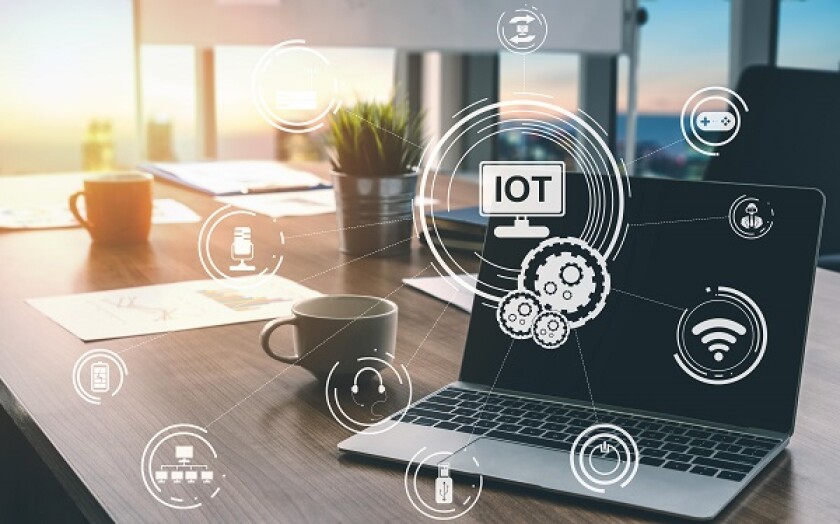Patents related to the Internet of Things, especially inventions for application layer or platform layer, may include algorithm features or business rules and methods features. For such inventions, involving features of mental activity rules and methods, the revision of the China Examination Guidelines entered into force on February 1 2020 further clarifies the principles to be followed for examination.
I. Basic principles
As regulated in the revision, the technical features which refer to the features involving natural laws in Chinese practice, should not be simply considered as separated from other features, and all features in a claim should be taken as a whole when evaluating technical means, technical problems, and technical effects of the claim.
II. Examination rules
The general examination sequence of such applications is threefold. First, whether the claimed solutions merely involve abstract algorithms or pure business rules and methods (Patent Law 25.1. (2)); secondly, whether the claimed solutions are "technical solutions" (Patents Law 2.2); and thirdly whether the claimed solutions have novelty and inventiveness (Patent Law 22.2 / 22.3).
(1) Whether the claimed solutions merely involve algorithms or pure business rules and methods
If a claim contains both technical features and algorithmic features or business rules and methods features, the claim considered as a whole does not fall under the category of rules and methods of mental activity. On the contrary, a claim not containing any technical features would be considered as a rule and method of mental activity, which cannot be patented. For example, if a method claim of a mathematical model does not involve any specific application area in the target, process, and result of the model, then it shall fall under the rules and methods of the mental activity category.
(2) Whether the claimed solutions are technical solutions
In the context of Chinese practice, when a claim recites technical means using natural laws to resolve a technical problem and thereby obtain a technical effect, the solution of the claim falls under technical solutions. For instance, in a solution involving an algorithm, if each step of the claim is closely related to the technical problem to be solved, if the data processed by the algorithm bears precise technical meaning in its application area, and if the execution of the algorithm can directly reflect the process of using natural laws to solve a technical problem and obtain technical effects, then the solution falls under the definition of technical solutions. For a solution involving a business method, if the solution uses a computer merely to implement artificially set rules that are not derived from natural laws, the solution is not a technical solution. Instead, if the solution uses a computer to implement a method that is constrained by natural laws and solves a technical problem, then it is a technical solution.
(3) Examination of whether the claimed solutions have novelty and inventiveness
The novelty examination shall consider all the features in the claims together, including both technical features and algorithmic features or business rules and method features.
The inventiveness examination should apply to the algorithmic features or business rules and method features and the technical features that are "functionally supporting each other and have an interactive relationship", which means that algorithmic features or business rules and method features are closely combined with technical features to form a technical means to solve a given technical problem, and corresponding technical effects can be obtained.
In contrast, algorithmic features or business rules and method features that do not have the above-mentioned close connection with technical features shall be considered to have no contribution to the technology of the invention, and therefore shall not be considered when assessing inventiveness.
For example, with regard to algorithmic features, if the algorithms in the claims are applied to specific technical fields and can solve specific technical problems, then the algorithmic features and technical features can be considered to support each other functionally and interact with each other, which provides the basis for the inventiveness. Regarding business rules and methods features, if the implementation of the business rules and methods features in the claims requires adjustments or improvements of corresponding technical means, the business rules and methods features and the technical features can be considered to support each other functionally and have an interactive relationship. Then the described business rules and methods features should be regarded as contributing to the inventiveness of the solution.
The Internet of Things has been a growing field in the past few years, and so have its related patent applications. The examination criteria in this field still has room for further clarification, such as the requirements for drafting of specifications and claims. The Chinese Patent Office can be expected to gradually issue more detailed and clear guidelines to address these issues so that a more comprehensive and practical protection is established for such inventions.
Jinlin Chen and Yue Li











